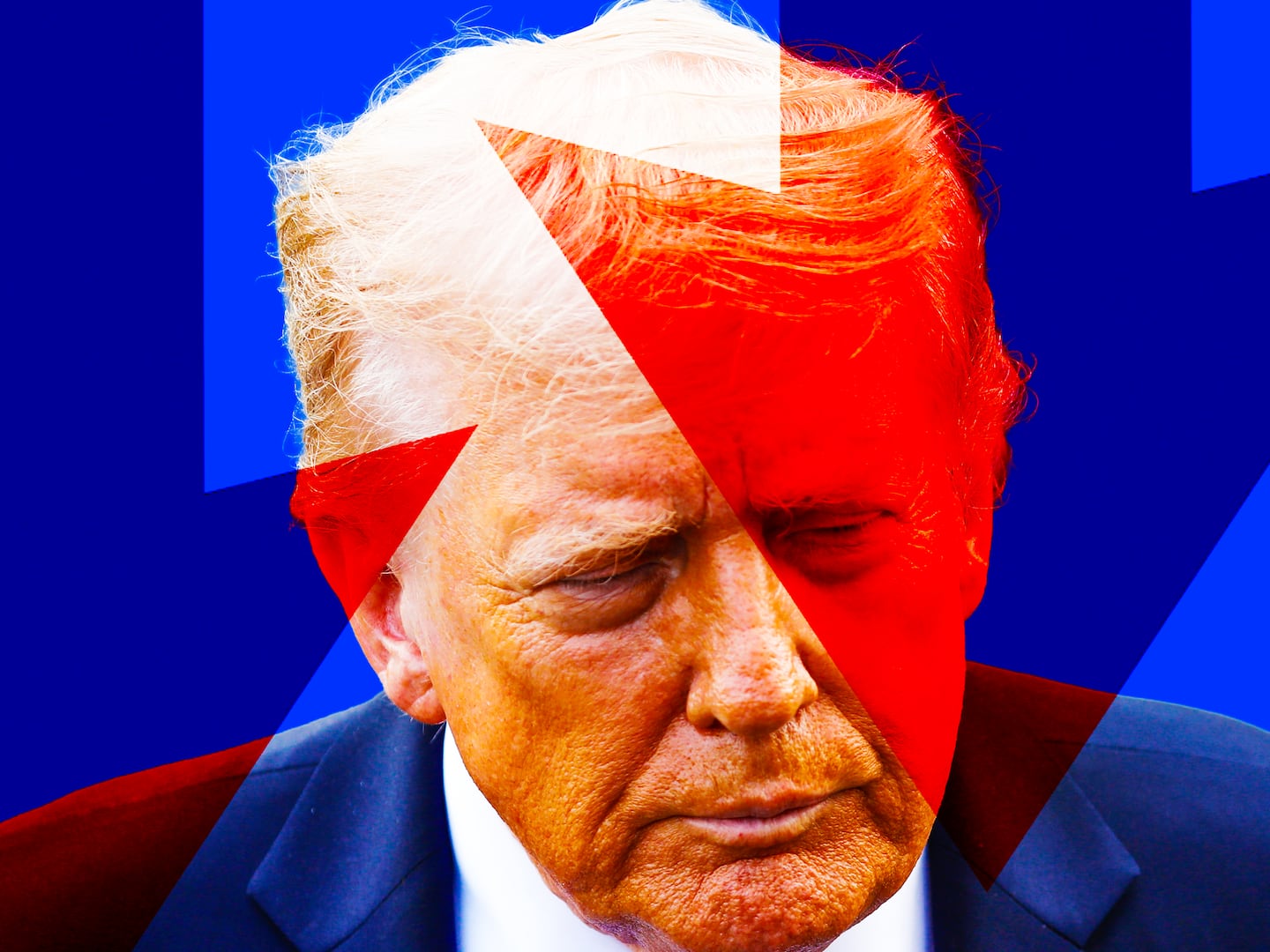Who says class warfare is dead? Or that the Obama administration consistently sells out the left?

On Wednesday, the Securities and Exchange Commission announced a new rule that had long been sought by labor activists, do-gooders, and progressives. Publicly traded companies are already required to disclose, in exquisite detail, the compensation of their CEOs and other top executives in annual reports and proxy statements. Now, however, they’ll be forced to disclose more information about the compensation of rank-and-file employees—and then express the relationship between the two as a mathematical ratio. The rule, “required under the Dodd-Frank Act” and passed by a partisan 3-2 majority, “would require public companies to disclose the ratio of the compensation of its chief executive officer (CEO) to the median compensation of its employees.”
The insane, obscene, yawning difference between the pay of workers and bosses has long been used as a cudgel by labor groups. Shareholder activists have proposed initiatives at companies such as Walmart (where the ratio is 1,034:1) to force them to disclose the ratio. Bloomberg did its own calculation this spring, and determined the ratio at companies in the Standard & Poor’s 500 is about 240:1.
The theory behind this seems to be that CEOs will have a sense of shame, or self-consciousness, about the disclosures, that the sunlight shining on the complicated web of executive compensation will force CEOs to either cut their own pay or raise the pay of employees. That somehow forcing companies to publish a benchmark will yoke public pressure and competitive instincts to bring the ratio down, thus reducing inequality, boosting the consumption power of workers, and putting a dent in global emissions to boot.
As a journalist, and an advocate of higher wages, I’m generally in favor of this. It’ll be great fun. It’s a great rhetorical gesture, like when President Obama calls for an increase in the minimum wage or rails half-heartedly against fat cats. But it won’t do much good or change anything. In fact, it seems like the rule’s boosters really misunderstand CEO and one percent psychology.
They’re not ashamed. Everybody knows that CEOs make way more than workers. That’s the point of being a CEO. And in general, they simply don’t care. If they did care about the disparities between top earners and their workers, they’d do something about it—like raise wages. But they haven’t. Any way you look at it, corporate America has been very stingy. The Census Bureau reported this week that median household family income was $51,017 in 2012, down from 2011—and, adjusted for inflation, below what the typical household made in 1999. A McDonald’s employee earning $8.25 an hour would have to work one million hours to earn what the company’s CEO makes in a year. Since 2009, the top one percent of earners have taken home 95 percent of the nation’s income gains.
These facts extremely well-known; they’re discussed in prominent media outlets. The data can be complicated at times. But it’s unclear to me that simplifying the stark divergence of fortune between the rich and everybody else in a simple ratio disclosed in SEC filings will change much.
After all, who is going to pressure CEOs to bring their ratios down? The boards of directors? They’re generally hand-picked pals and cronies who rarely challenge the boss and are getting rich by attending meetings. Other top executives? They all hope to be CEO one day. Shareholders? Prior resolutions to force companies to make such calculations have generally failed. Employees who will stand up at the next all-hands meeting and complain? Not in this job market. Labor unions? Please. Only 6.6 percent of private sector workers are represented by unions.
But here’s what everybody is really missing. The astronomically high ratio is sort of the point of being CEO. Companies regard labor as an input, like raw materials, or rent, or energy. Management’s job is to hold down the costs of inputs as much as is humanly possible. They do so by investing in productivity, by outsourcing, and by beating the leaving daylights out of labor. Holding costs down helps boost profits, which translates into a higher stock price. And these days, CEOs get most of their compensation as a byproduct of rising share prices. Holding worker costs down and reaping the gains of a booming stock is what CEOs do, and American CEOs are very good at it.
In corporate America, in fact, there’s no shame in having a big CEO-worker pay ratio. CEOs often tend to occupy a bubble. They are often surrounded by entourages and are treated with great deference in their companies. In their spare time, they hang out with fellow members of the executive class at the club, or at conferences, or at their summer vacation colony, or on the ski slopes. As they go about their business, it’s highly unlikely that CEOs will ever be confronted by a person thinks the ratio between their pay and their median workers is too high. If anything, it’s the opposite.
So let the disclosure begin. Just don’t expect it to change anything.






